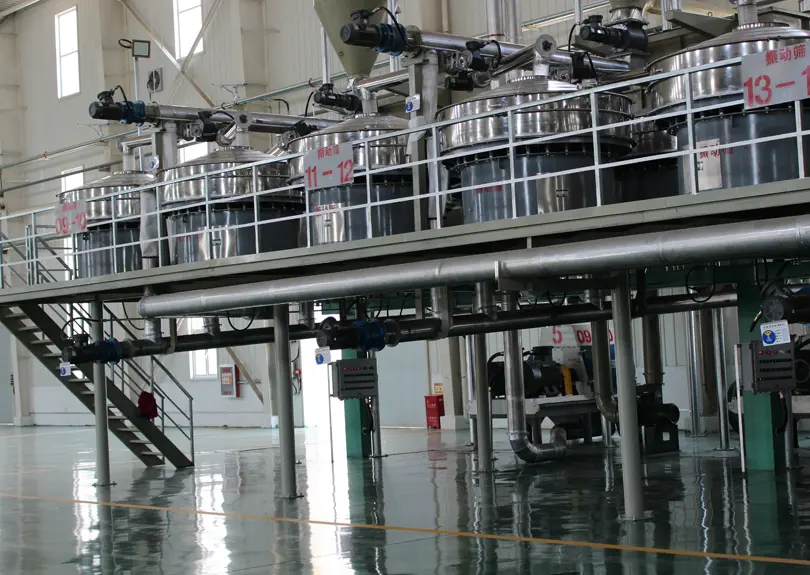
ოქტ . 06, 2024 20:13 Back to list
hydroxyalkyl cellulose
Hydroxyalkyl Cellulose A Versatile Polymer for Modern Applications
Hydroxyalkyl cellulose (HAC) is a modified cellulose derivative that has gained significant attention in various industries due to its unique properties and versatility. Derived from natural cellulose, HAC is produced by reacting cellulose with alkylene oxides in an alkaline environment. This modification introduces hydroxyalkyl groups into the cellulose structure, enhancing its solubility in water and imparting a range of functional properties that make it suitable for diverse applications.
One of the most notable features of hydroxyalkyl cellulose is its excellent thickening capability. It is widely used as a thickener in paints, coatings, and personal care products. By increasing viscosity, HAC improves the stability and flow characteristics of these formulations, ensuring even application and superior performance. In the cosmetic industry, it serves as a key ingredient in creams, lotions, and gels, providing a desirable texture and enhancing the overall sensory experience of the product.
In the pharmaceutical sector, hydroxyalkyl cellulose is highly valued for its role as a binder and disintegrant in tablet formulations
. Its ability to form stable gels helps control the release of active ingredients, thereby improving drug bioavailability. Additionally, HAC’s biocompatibility and non-toxic nature make it an ideal choice for use in pharmaceutical and medical applications.
hydroxyalkyl cellulose

Another area where hydroxyalkyl cellulose excels is in the food industry. It is used as a food additive, primarily as a thickener, emulsifier, and stabilizer. HAC helps maintain the desired consistency and texture of food products, such as sauces, dressings, and dairy items. Furthermore, it contributes to the shelf-life of products by preventing separation and ensuring uniformity.
The versatility of hydroxyalkyl cellulose extends to its environmental applications as well. It is increasingly being studied for use in biodegradable formulations, as its natural origin aligns with the growing demand for sustainable materials. Researchers are exploring ways to incorporate HAC into eco-friendly packaging and agricultural products, reducing reliance on synthetic polymers that contribute to environmental pollution.
In summary, hydroxyalkyl cellulose stands out as a multifunctional polymer with a wide range of applications across several industries. Its unique properties, including excellent thickening, binding, and emulsifying capabilities, make it indispensable in formulations for cosmetics, pharmaceuticals, food, and beyond. As the demand for sustainable and effective materials continues to rise, the role of hydroxyalkyl cellulose is likely to expand, cementing its position as a vital ingredient in modern product development.
-
What is HPMC?
NewsJun.06,2025
-
Understanding Redispersible Powder: The Future of Construction Materials
NewsJun.06,2025
-
Understanding RDP Powder: The Ultimate Solution for Your Construction Needs
NewsJun.06,2025
-
Pure HPMC: The Ideal Solution for Modern Construction and Building Materials
NewsJun.06,2025
-
Methyl Hydroxyethyl Cellulose: A Versatile Chemical Compound
NewsJun.06,2025
-
Hydroxyethyl Cellulose Power: The Essential Chemical for Various Industries
NewsJun.06,2025







